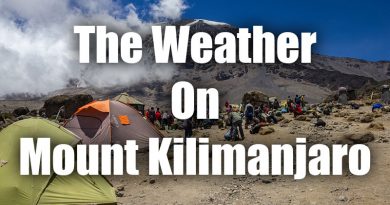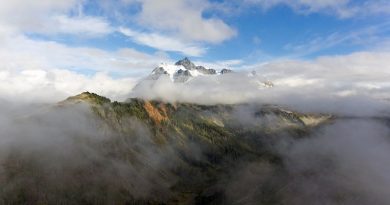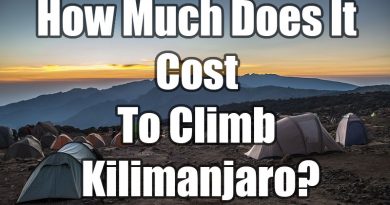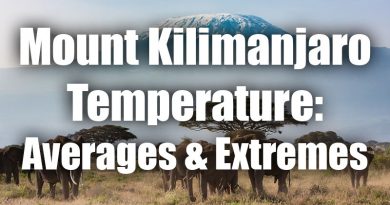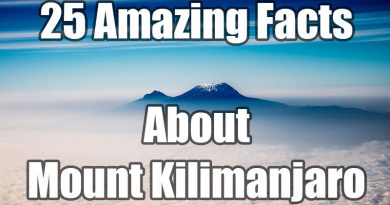As the highest mountain in Africa, Mount Kilimanjaro proves one of the region’s most famous attractions. And while it’s perhaps best known for its great mountain hikes and trails, Mount Kilimanjaro also boasts a unique geography and history.
Below, let’s take a brief look at the fascinating geological events that led to the formation of one of Africa’s most significant landmarks.
How Was Mount Kilimanjaro Formed?

Mount Kilimanjaro’s unique geological history stems back more than three million years. (Yes, that’s 3,000,000 years!)
This famed mountain was born of the Great Rift Valley three million years ago when Africa’s tectonic plates began to separate. These plates, which cover the surface of the Earth, constantly shift. As they do, they leave distinct geological markers in their wake.
The Formation of the Greater Rift Valley
When thinking of Mount Kilimanjaro and the Greater Rift Valley, two African plates in particular come to mind: the Somalian Plate and the Nubian Plate. As the Somalian Plate continued to drift and pull away from the Nubian Plate three million years ago, it led to the formation of the Greater Rift Valley.
As the land began to shift and the Greater Rift Valley began to form, Mount Kilimanjaro was born. You see, as some of the Earth began to fall and depress into the valley, other bits shot upwards forming volcanoes.
Three volcanoes, in particular, would give rise to Africa’s highest peak.
Kilimanjaro’s Volcanoes: Shira, Mawenzi, and Kibo
The three volcanoes of Mount Kilimanjaro started forming during the creation of the Greater Rift Valley. The three volcanoes continued to form over the next two and a half million years, as eruptions led to Mount Kilimanjaro as we see it today.
The first of these volcanoes to form, Shira would eventually collapse around a half million years ago, giving rise to Mawenzi nearly forty thousand years later. Kibo would form following later eruptions and is now the highest peak on the mountain.
I know what you may be thinking: who goes hiking on a volcano? But if you’re worried about eruptions during your vacation, don’t be. Experts consider both Shira and Mawenzi to be extent and Kibo dormant. In fact, Kibo hasn’t seen a major eruption in over three hundred and fifty thousand years!
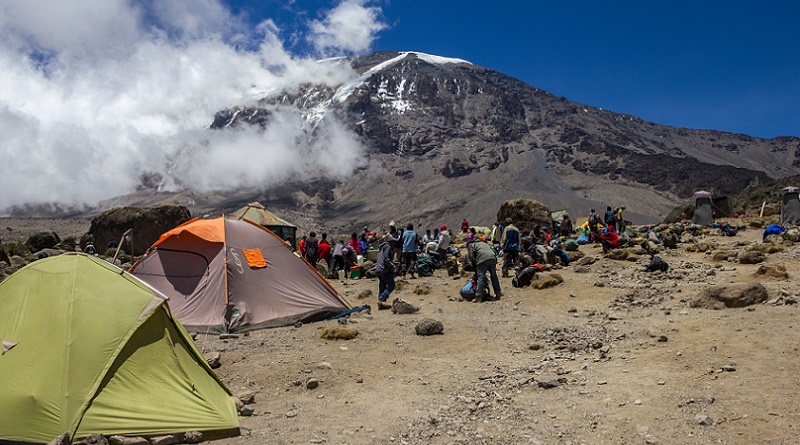
Let’s Recap!
I get this may be a lot to take in, so let’s recap the main points!
Mount Kilimanjaro was formed as part of the shifting of two major African tectonic plates three million years ago. During this shift, Mount Kilimanjaro formed as part of the Greater Rift Valley, and would be comprised of three distinct volcanoes!
Shira, the oldest and lowest, peaks at 12,995 feet. Mawenzi, the second volcano to form, lies a bit higher, peaking at 16,896 feet. Both pale in comparison, however, to the staggering 19,341-foot-high Kibo, the last volcano that makes up this famed African mountain.
Both pale in comparison, however, to the staggering 19,341-foot-high Kibo, the last volcano that makes up this famed African mountain.
In this way, it may be easier to see Mount Kilimanjaro not as a single mountain, but as three separate volcanic peaks stacked on top of one another. This unique formation gives it its famed height, distinct look, and famed tourist appeal.

